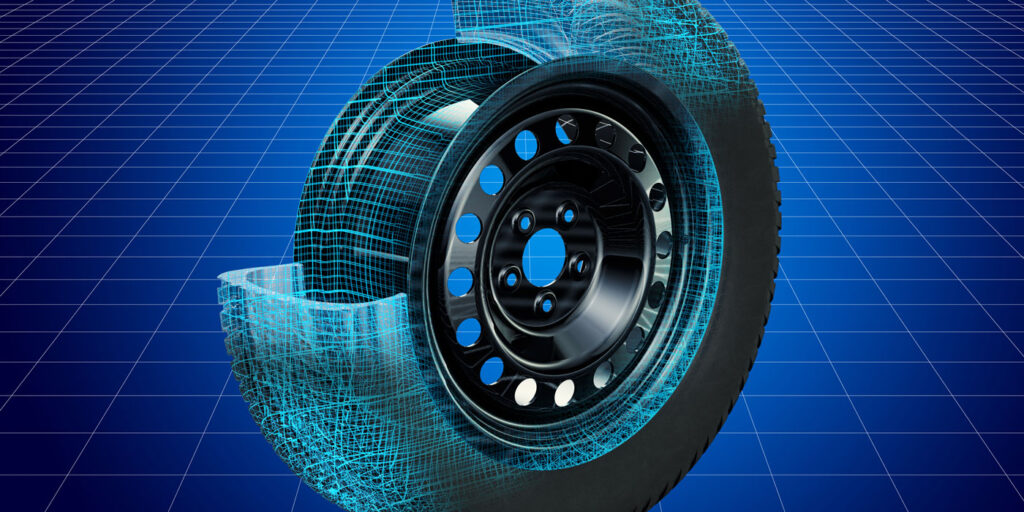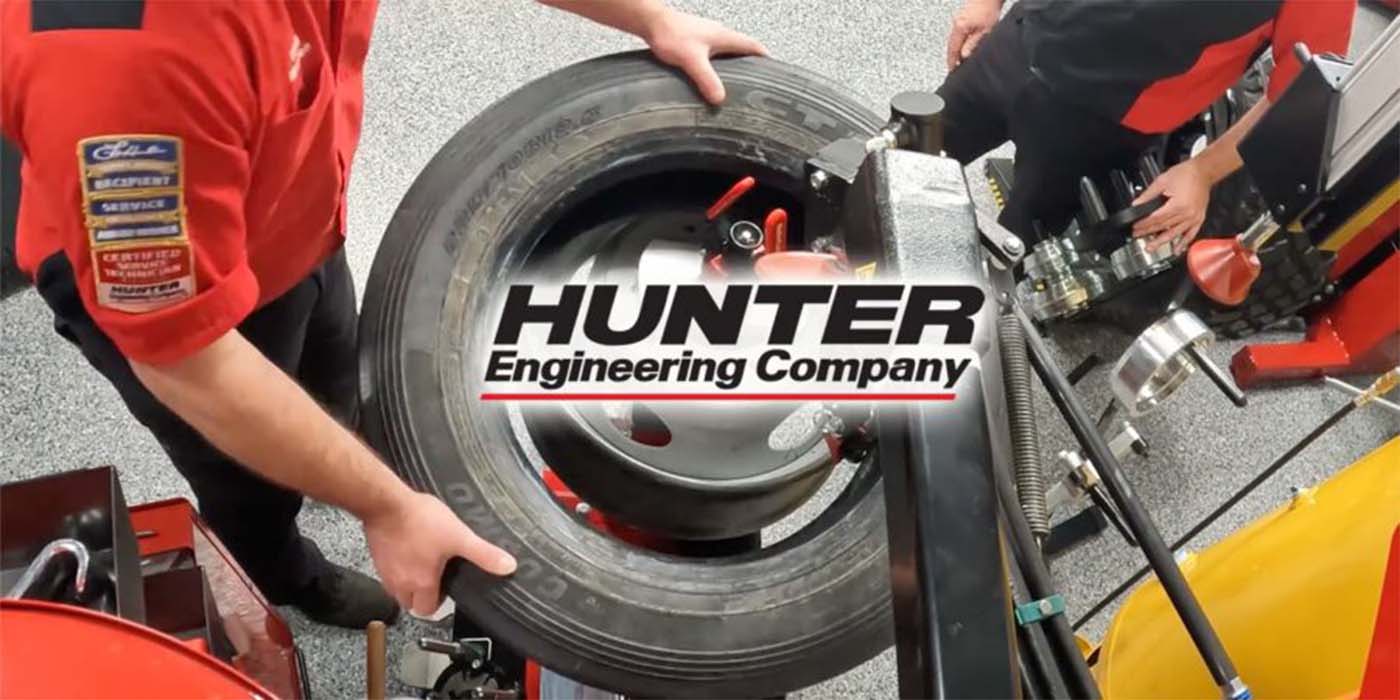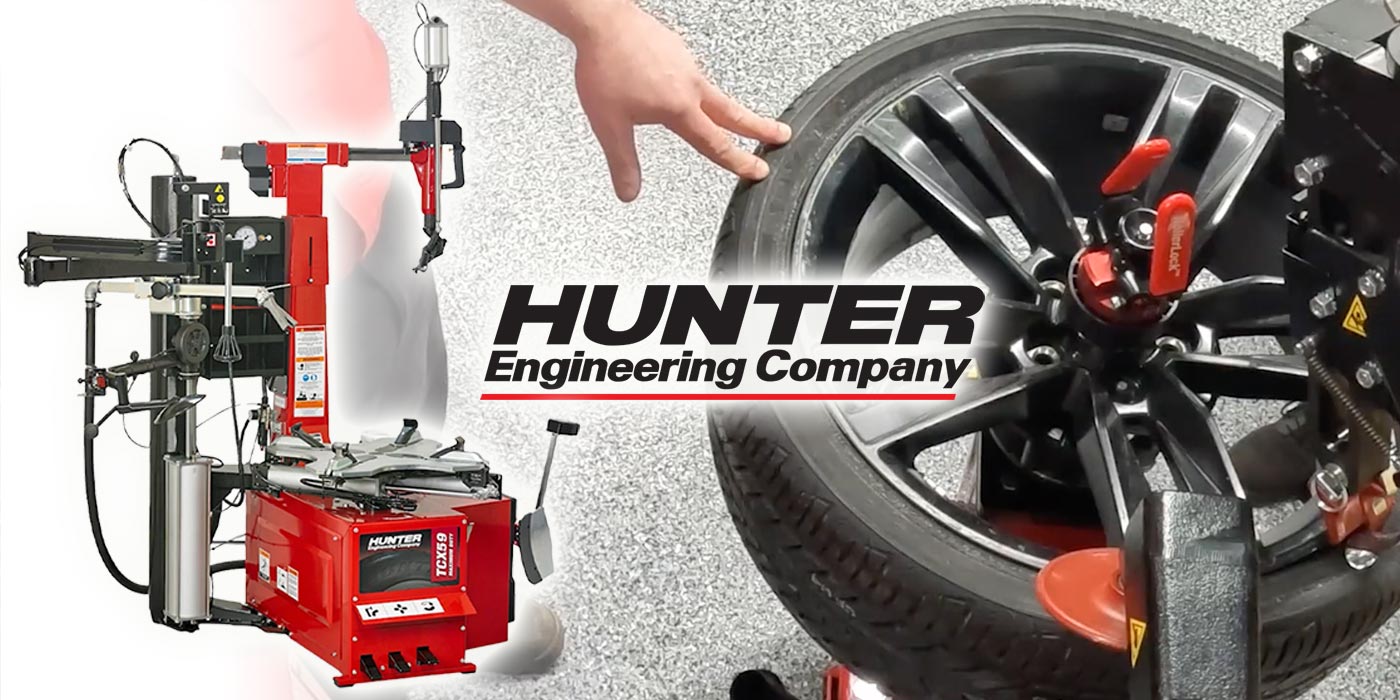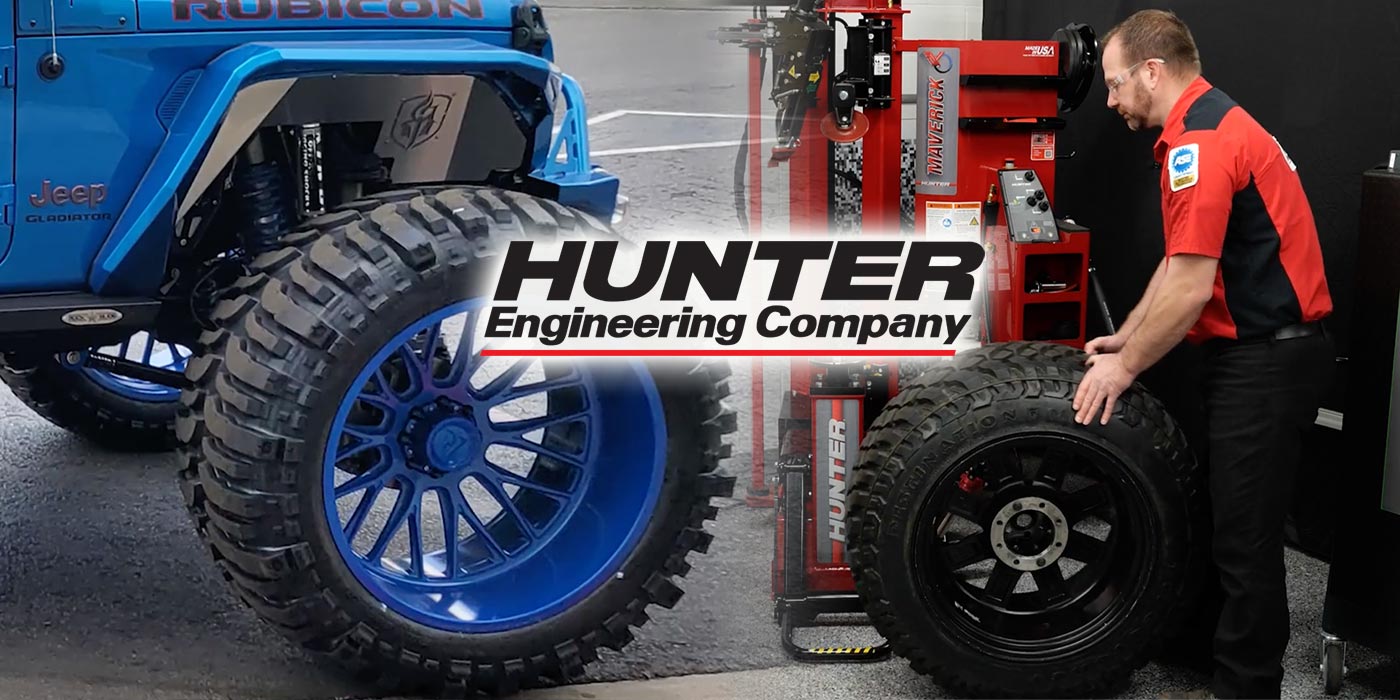This is the third installment of a three-part article series on equipment innovations.
With higher rim diameters and lower aspect ratio tires becoming standard on today’s vehicles, especially performance CUVs and SUVs, equipment manufacturers have had to evolve tire changer and wheel balancer technology to keep up with these innovations.
Kyle Harris, key account manager at Hennessy Industries, manufacturers of Coats tire changers, wheel balancers and inspection equipment, said Coats tire machines have kept pace with these trends by using “more elaborate and stronger bead pressing devices such as ‘Robo Arms’ and ‘Robo Rollers’ and also high torque motors such as the new 220v 80X Rim Clamp machine.”
David Martin, chief operating officer at CEMB, added that leverless heads and dismounting roller systems are currently the best-designed accessory to accommodate the difficult tire and rim assemblies in today’s market. CEMB has adjusted its marketing strategy to cater to the types of wheel assemblies in the market, he added.
“We want to make sure tire shops are informed and have the proper tools for the job, including press arms, bead press systems, tire lifting discs and lever-less lower bead removal tools,” he said. “In the past, these were considered optional accessories, but with the evolution of larger diameter wheels and low-profile assemblies, they are necessary in today’s market.”
Jim Hudson, product manager for tire changers at Hunter Engineering Company, said the company has implemented several changes to both levered and leverless mount head shapes to “better accommodate trending wheel designs, like raised spoke and plastic clad.”
“Opposite low profile, some truck and SUV tires, especially aftermarket tires, can be very hard to inflate,” he said. “We developed an entirely new, hands-free blast inflation system called FastBlast to handle that specific type of assembly.”
Hunter’s Greg Meyer, product manager of wheel balancers, added that the proliferation of lower profile tires that improve handling and road feel and transfer vibrations to the vehicle more effectively has made Hunter’s Road Force Elite wheel balancer a popular option for shops.
“It’s ability to find and solve not only unbalance-related vibrations but also those related to tire construction, rim shape, and tire mounting has made it invaluable in today’s modern shops,” he said. “By taking the wheel/tire assembly for a road test on the balancer, we can ensure that all possible sources of vibration have been eliminated before the customer does.”














